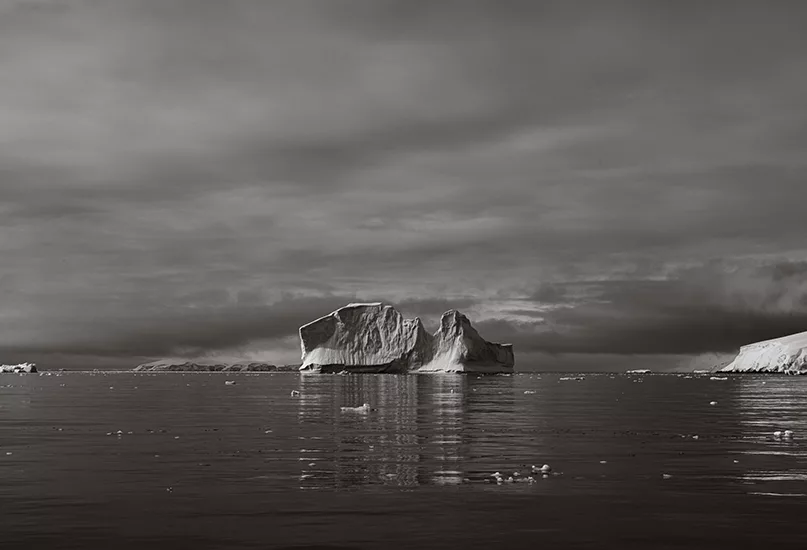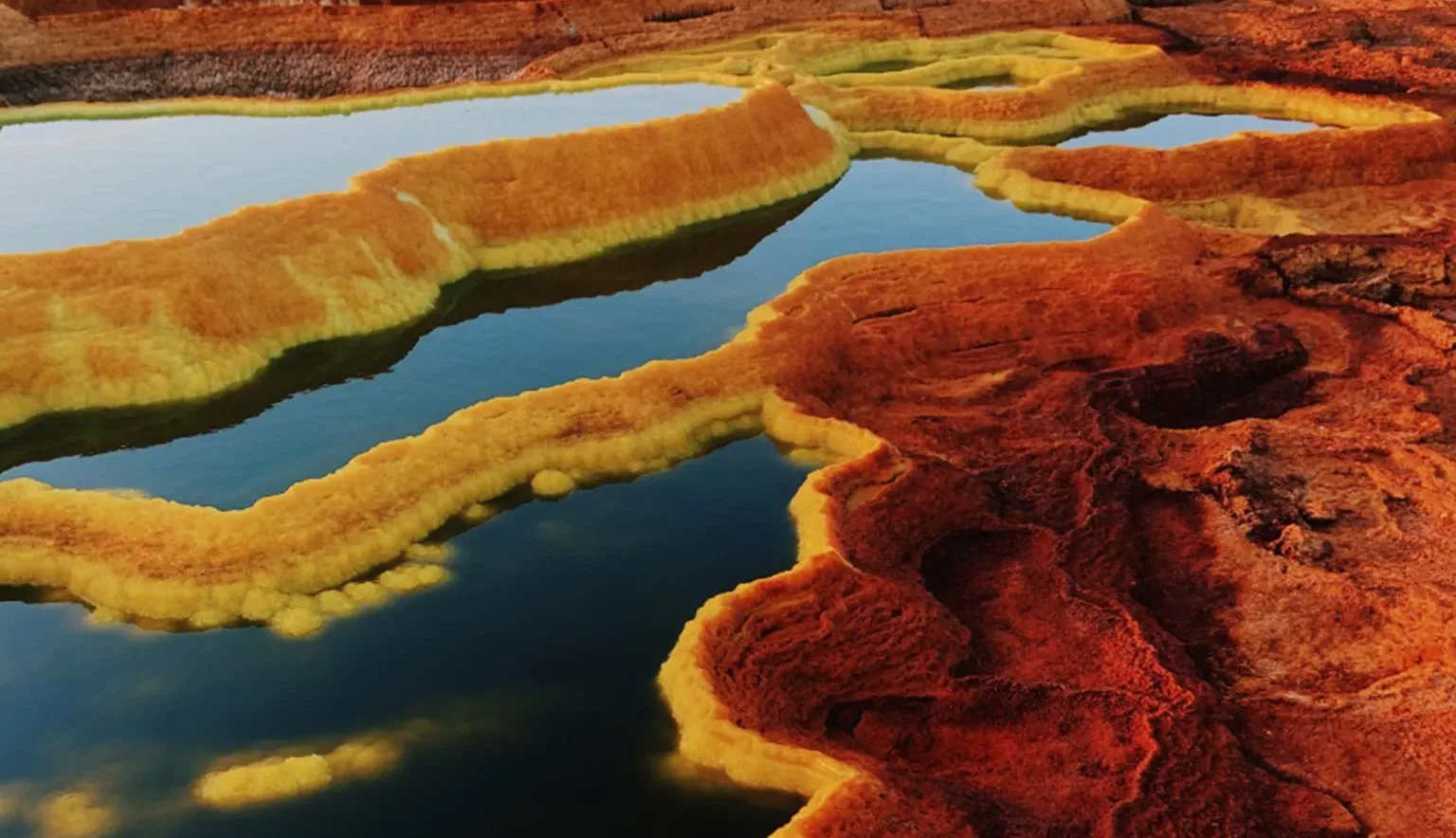Inspired by the interplay of light and shadow, blending with a minimalist aesthetic and an appreciation for pure lines in design and architecture, we display the passion of Enrico Costantini for capturing the customs and cultures of distant lands.
With a family background in architecture and ancestral ties to the Venetian Doges, Enrico Costantini has emerged as one of Italy’s up-and-coming photographers, specialising in reportage and interior architecture.
Costantini’s signature lies in the simplicity and harmonious compositions of his images, which are often described as Caravaggesque. His work has been featured in prominent media outlets such as Forbes, Conde Nast Traveller, Vogue, Vanity Fair, National Geographic, and more.
Costantini has the ability to capture the essence of a location and transport viewers to another world through his photographs, showcasing his unique perspective and artistic vision.
Constantly pushing boundaries and experimenting with new techniques to capture the perfect shot, Costantini’s passion for photography has taken him to breathtaking locations worldwide, where he continues to inspire and captivate audiences with his creativity and technical expertise.
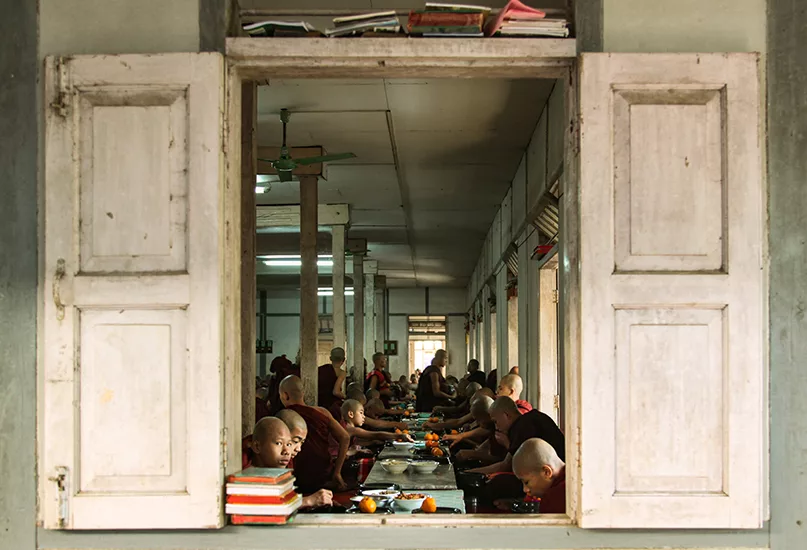
Q&A WITH ENRICO COSTANTINI
Firstly, what drew you to work in travel photography?
Enrico Costantini (EC): What initially captivated me about travel photography was the irresistible allure of venturing into uncharted territories and immersing myself in diverse cultures. The prospect of unravelling the mysteries hidden within each new destination has always fuelled my curiosity and passion.
What most excites you about travel photography?
EC: The exhilarating aspect of travel photography lies in the ability to breathe life into a place through the lens. The sheer excitement of capturing unique perspectives and weaving together a visual narrative that showcases the essence and soul of a location is what truly ignites my creative spirit. It’s like painting with light and emotions, giving each place its own distinct personality and charm.
On the flip side, what are the biggest challenges?
EC: When it comes to travelling, the biggest challenges lie in the art of adaptation. Being adaptable and prepared for the unexpected is paramount. It’s not just about understanding different cultures, but also grasping their unique ways of thinking and acting. When I’m assigned to a destination I’ve never been to before, the lack of familiarity poses a significant challenge. It becomes crucial to quickly gain an overview of the place and identify what truly captivates and engages me, so I can uncover an intriguing angle for my storytelling.
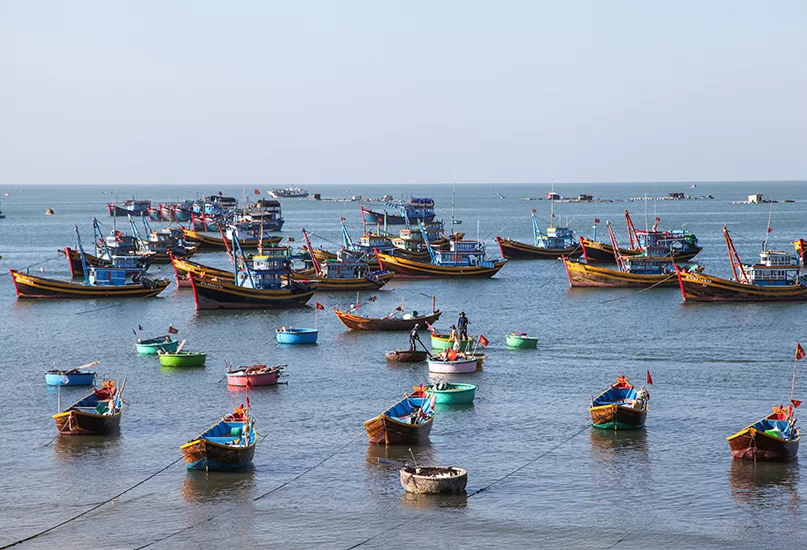
How would you describe your style of photography?
EC: Defining one’s style is no easy task, but I strive to capture the essence of reality while transcending it with an atmospheric touch. I’m drawn to both minimalism and maximalism, finding beauty in the extremes. Midtones have never appealed to me; instead, I prefer to play with light and shadows, focusing on intricate details. My aim is to evoke the senses through my images, allowing viewers to not only see but also smell, taste, and feel the spirit of the place.
What has been one of your favourite destinations to capture?
EC: Among the multitude of places I’ve had the privilege to photograph, Ethiopia stands out as an extraordinary experience. It offers a captivating blend of rich culture and breathtaking landscapes. The stark contrast between the north and the south makes it feel like exploring two distinct countries. Vibrant colours and distinctive individuals add a sense of authenticity to every frame. One standout memory was witnessing the Coptic Christmas at the Lalibela site in the north, where I became part of a small group of witnesses to this remarkable event. Another unforgettable experience was venturing to the Danakil region in the far north, which left an indelible mark on my soul.
Have you been involved in any interesting assignments or projects recently that you’d like to highlight?
EC: Certainly! While this particular project didn’t revolve around travel, it was a deeply meaningful endeavour with AISM Teramo – an association dedicated to supporting individuals with multiple sclerosis and their families. The initiative, titled “Love: Desire for Tenderness”, aimed to shed light on the important topic of sexual assistance for people with disabilities. We crafted a series of 13 powerful black and white portraits, ultimately creating a calendar and hosting a photographic exhibition. Recently, the exhibition concluded, and it was an incredible experience to immortalise each person’s story through these portraits.
Finally, what’s next for the future? Are there any new destinations you’d like to cross off your bucket list?
EC: The future holds endless possibilities for exploration, and I’m driven by the passion to discover new destinations. South America beckons, particularly Brazil, where I’m captivated by the allure of brutalist architecture. Japan and Indonesia have also long fascinated me, and I hope to experience their unique cultures firsthand. Additionally, Central Asia has recently sparked my interest, presenting a wealth of uncharted territories. In the near future, I’m excited to embark on a journey to Mauritania during the upcoming Christmas holidays – a less-travelled destination I’ve always yearned to explore. I’m especially thrilled to ride the Iron Ore Train, known as the “Train du Desert”, which has been operating since 1963. This 20-hour odyssey traverses the Sahara, connecting the iron ore mines in Zouérat to the Atlantic coast port of Nouadhibou.
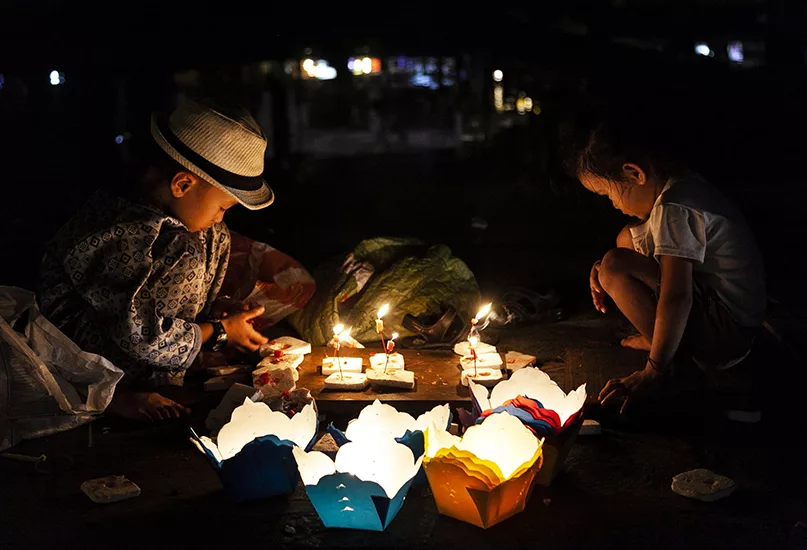
HOW I GOT THIS PHOTO
In this remarkable photograph taken during an extraordinary voyage to Antarctica with Viking Cruises, I found myself standing in a place I had never thought I would be able to visit. As we sailed towards the Antarctic peninsula, a realm of remoteness unravelled before our eyes. The first glimpse of the landscape revealed a mesmerising spectacle of white, sharply carved icebergs emerging from the frigid waters. It was a truly magical moment, where the sheer magnitude of being there overwhelmed my senses. This experience, so surreal and transformative, will forever be etched in my memory.”
